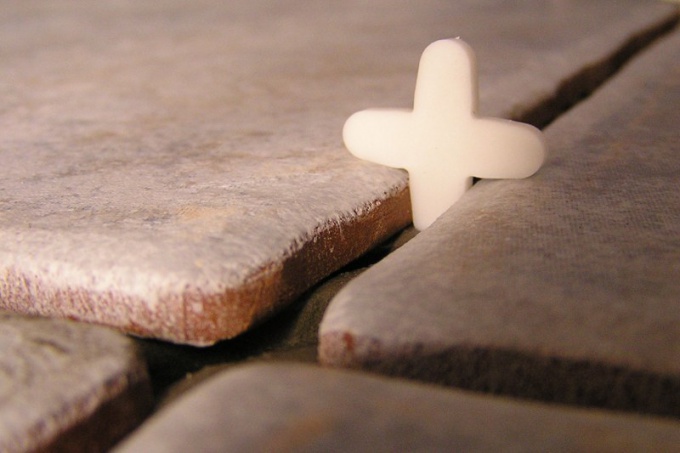You will need
- - grout
- - spatula
- - water
- - masking tape
Instruction
1
Select the type of grout. If you are going to seal the seams in the bathroom or the kitchen, then take the grout from cement, which added polymer additives. Because this material is particularly resistant to moisture and aggressive liquids.
2
For grouting sections, withstand a heavy load on the floor and the wall, use material with specialized additives. The seam is treated with a solution will be immune to damage.
3
Pour in a container of slightly warm water and put it in the grouting mixture. Be sure to follow the proportions specified in the instructions. Stir the mixture with a mixer or by hand until a homogeneous state.
4
Tile joints pour water to prevent absorption of liquids from the ends of the grout of the tiles. Apply the mixture on the seams using a weatherstrip tool or a special spatula.
5
Scrape excess mortar with a trowel and again apply on the seam. Give filled the seams to dry. Then bathe the surface of the veneer. The remains of the mortar, gently scrape the ends of the tiles.
6
An hour later, after drying of the grout mix will strip the veneer ceramic sponge. It is recommended to maintain all the joints with a protective fluid.
7
When you use a silicone that fills in the seams, creating a waterproof layer quality, you will get a finish that will never crack. Prepare seams to work, taped their ends throughout the length of special adhesive tape, which will accelerate the process of applying the composition and close the front side of the tiles from stains.
8
Apply tile sealer to the seam, leaving a small margin. Carefully insert the silicone evenly, in any case, do not leave voids.
9
Leveled the material with a spatula to give caused the seam a finished appearance. Tear off the masking tape and using a soft paper to remove the excess grout.
